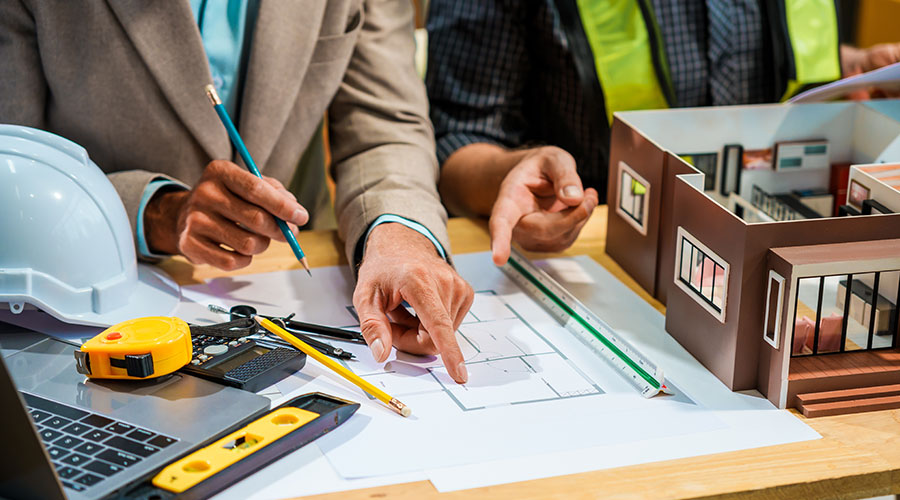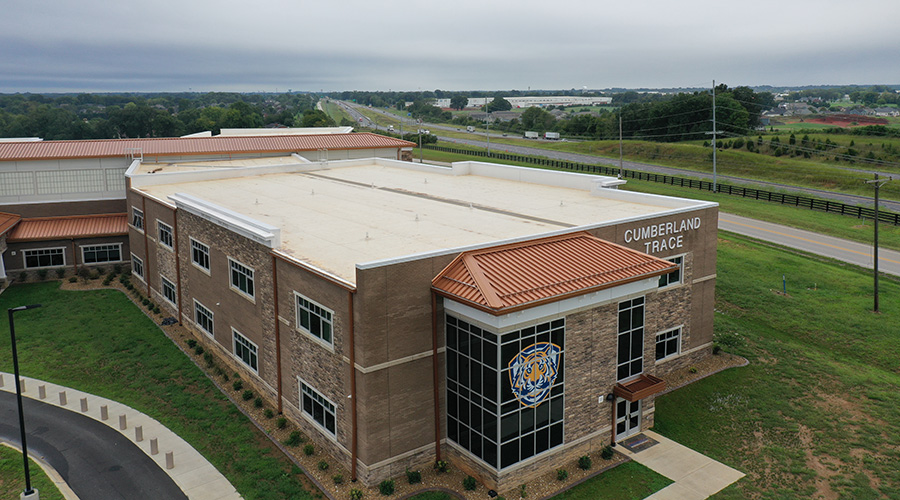Go Green! Why Universities Are Prizing Sustainability
College students are demanding a paradigm shift in how campus buildings are designed and operated. Increasingly, this means reducing their impact on the environment.
Colleges and universities have undergone a notable paradigm shift in the way they approach campus design. The way new students view their education has changed, becoming more focused on the knowledge gleaned from experiences. Students demand more out of their chosen institutions to achieve the highest level of success. What’s more, sustainability is a non-negotiable mandate for campus facilities.
When it comes to fostering a community- and success-oriented environment that will attract and retain the most coveted student talent, campus planners must create spaces that encourage learning, foster collaboration, and focus on the human experience. Traditionally, higher education has been geared toward the needs of the professor and the institution at large. Now, the focus is shifting to the needs of the student. Instead of students having to figure out how their new campus works, the institution can design the campus to achieve the highest possible success for a student. This is achieved through design elements centered around student experience and a new approach to student space.
A prime example of this paradigm shift is the reimagining of the modern classroom. The traditional classroom is being flipped on its head and replaced by more student-focused learning environments. Communal spaces found on college campuses, such as libraries and dormitories, are becoming even more collaborative, with shared areas designed to foster dialogue and learning between those who live and work there. When walking onto a modern college campus, the institution’s design makes it clear that most learning does indeed occur outside of the classroom — especially in the living-learning hybrid of the university experience.
Green is critical
The importance of sustainability in this new paradigm cannot be overstated. As issues of climate change loom, implementing green solutions into buildings, particularly on college campuses, is an effective strategy for increasing the lifespan of buildings and outdoor spaces. By using sustainable elements to spark creativity inside and outside the classroom, universities can influence how students learn and teachers teach while decreasing the institution’s negative impact on the environment. A more environmentally focused campus ensures stimulation for its student body from an intellectual, social, and civil perspective.
Generally speaking, universities are moving toward a sustainable design for their campuses as it is a better choice from a long-term operational perspective. Universities are always thinking about legacy. Buildings are one of the key ways universities maintain this legacy-focused perspective. The goal is to make sure that campus structures will last, and become as iconic as the institution itself. As a result, typical approaches to university design will already lean toward sustainable practices when it comes to planning parking and bicycle and pedestrian access. Universities already seek out durable materials that are designed to stand the test of time as well as high-traffic use. Sustainable elements that are just now entering the consciousness of other companies and organizations are already the norm for institutions of higher education.
Whether or not a formal LEED certification is sought, colleges and universities almost always set some kind of sustainable standard as a target for design. Sustainable design has definitely hit the higher education mainstream.
Stephen Coulston is principal with Perkins + Will, Austin, Tex.
Related Topics:















